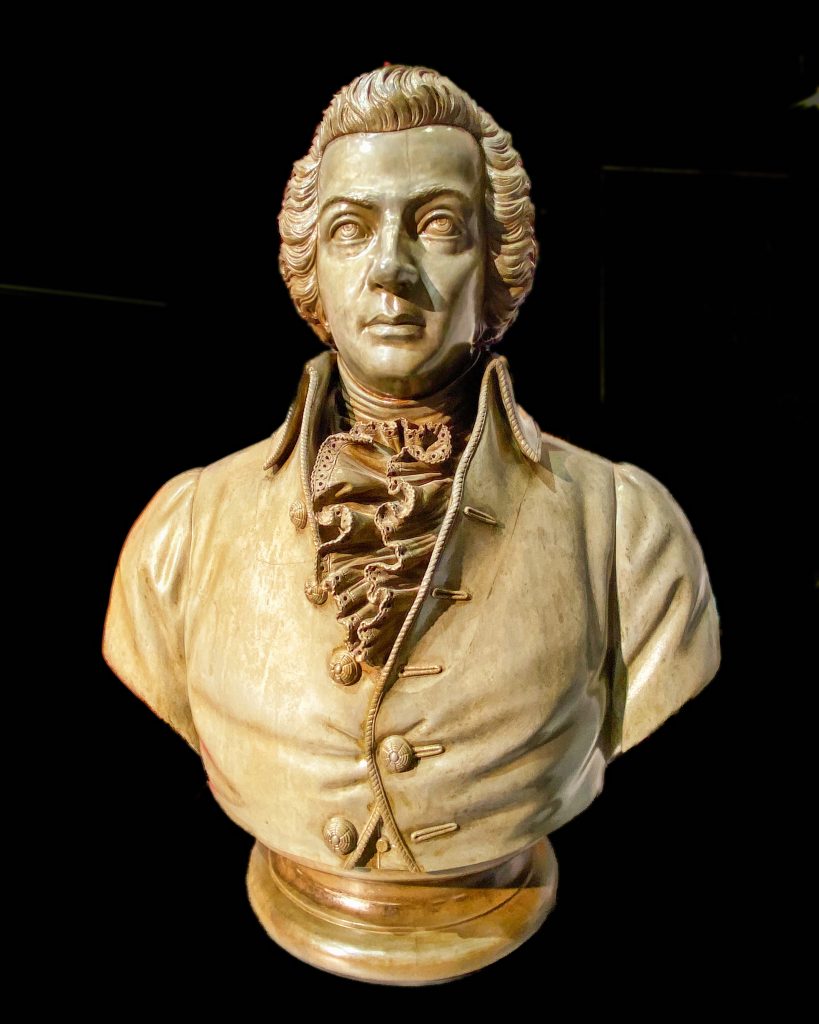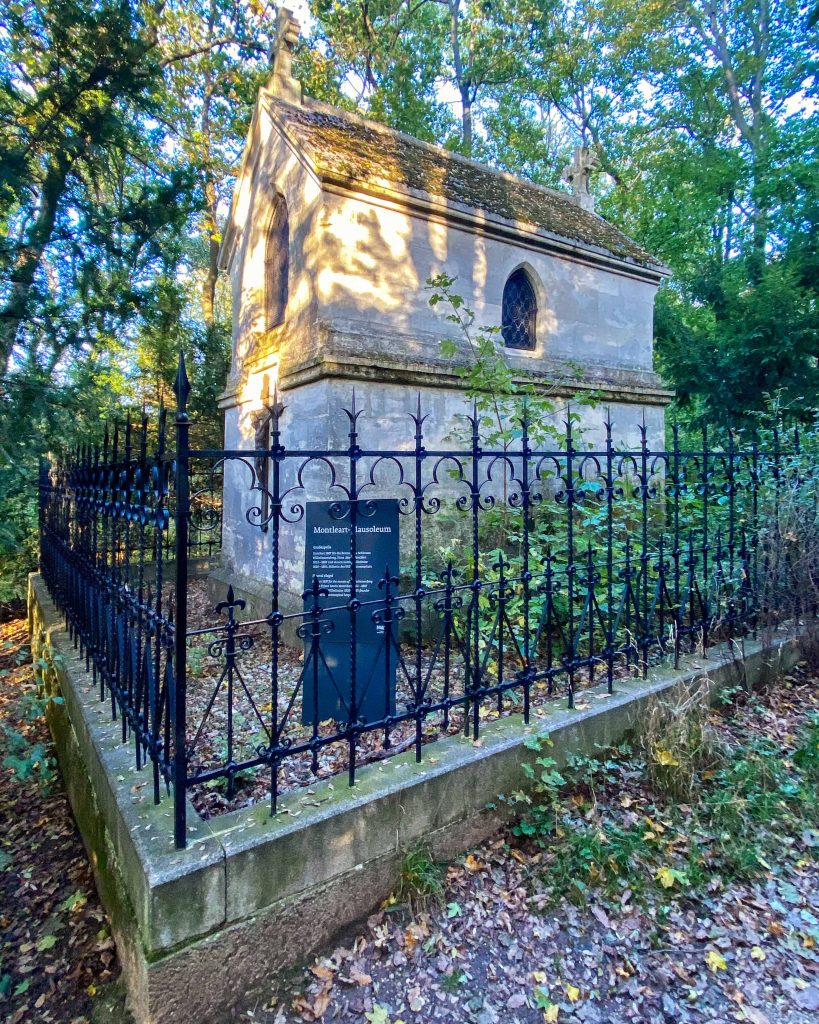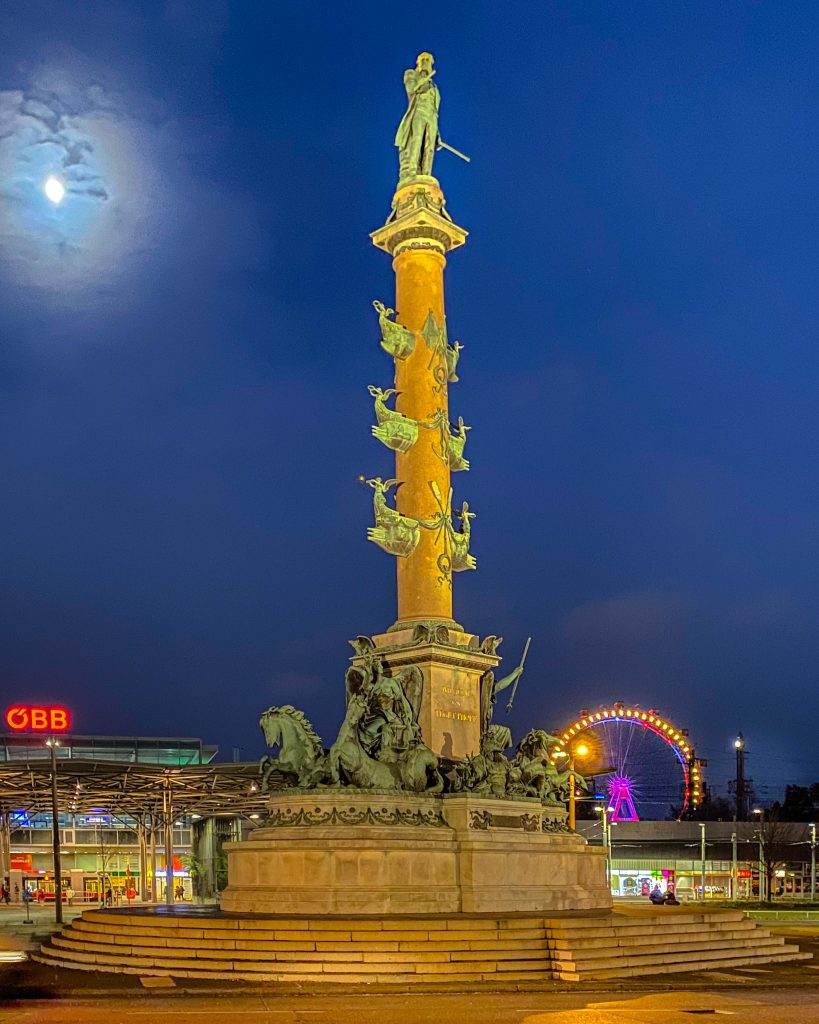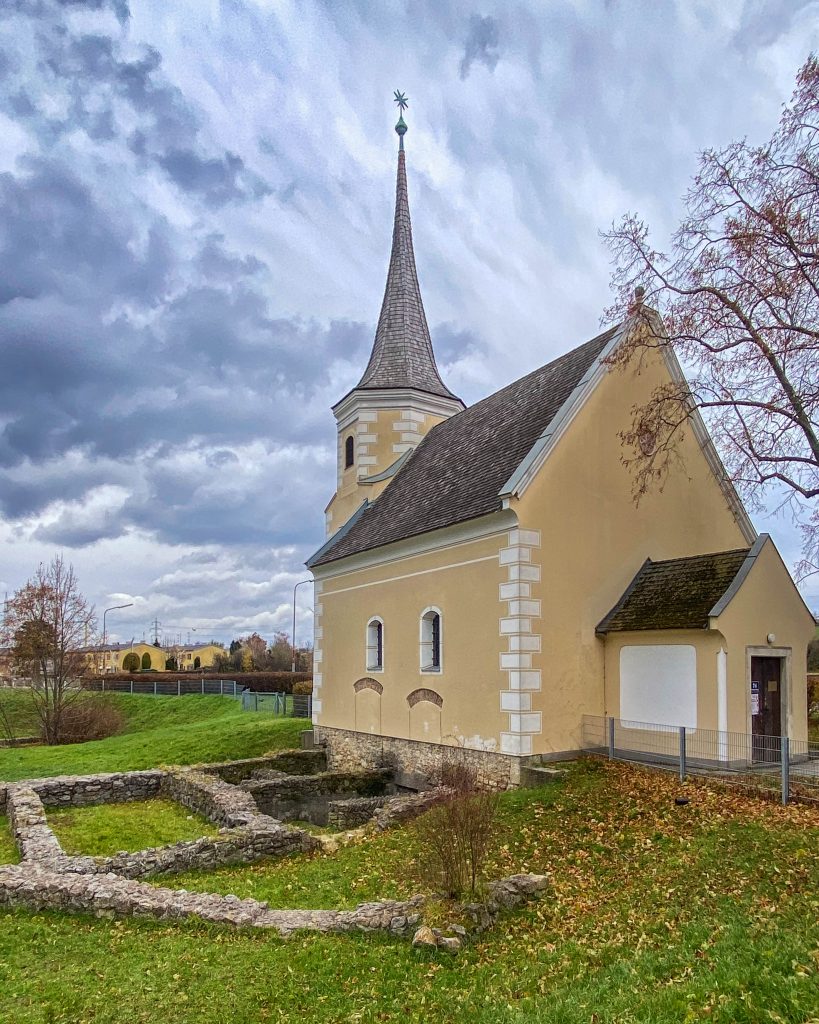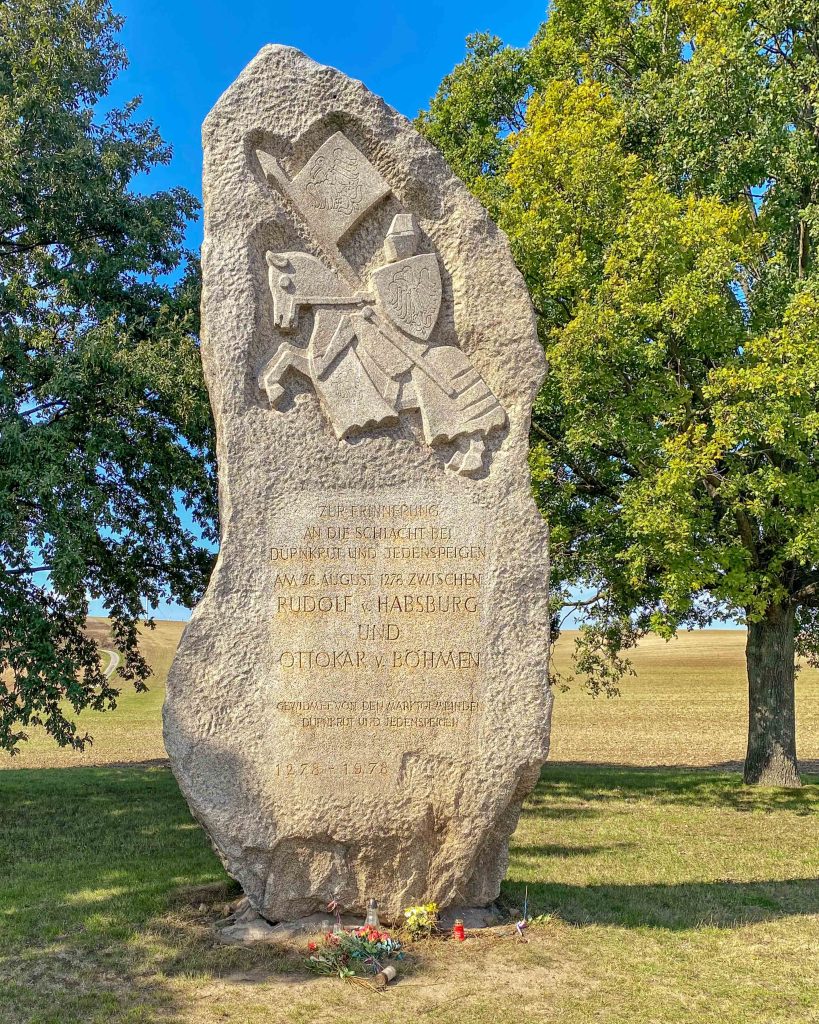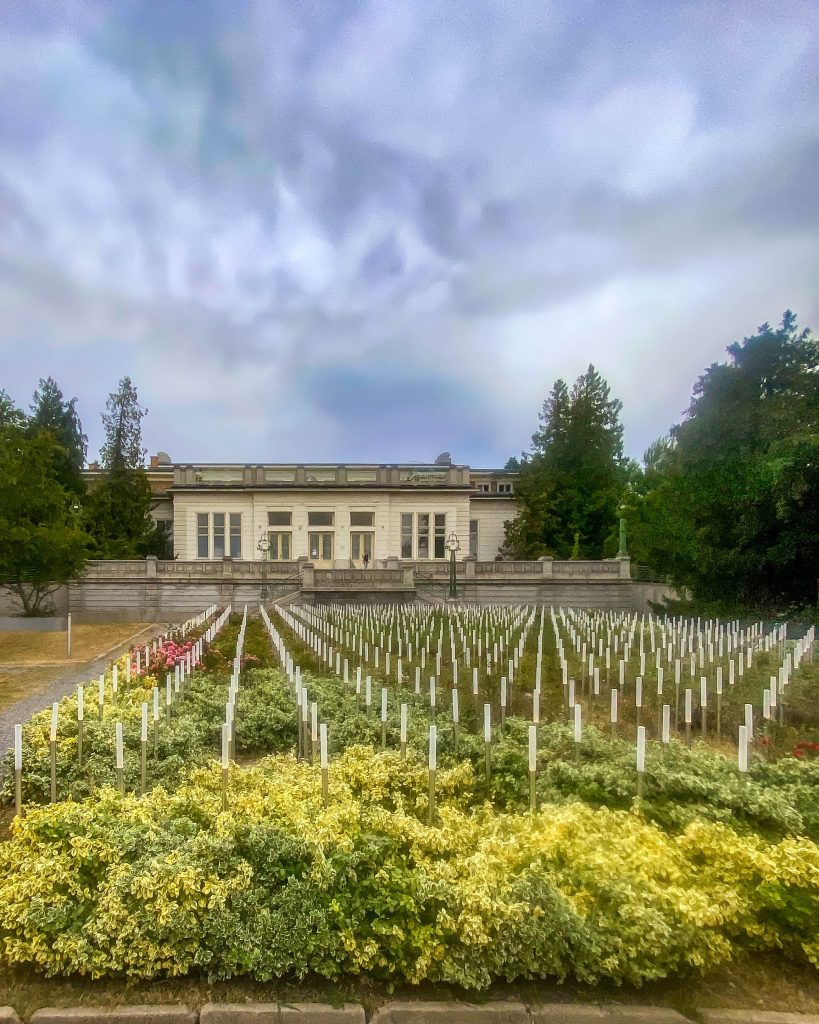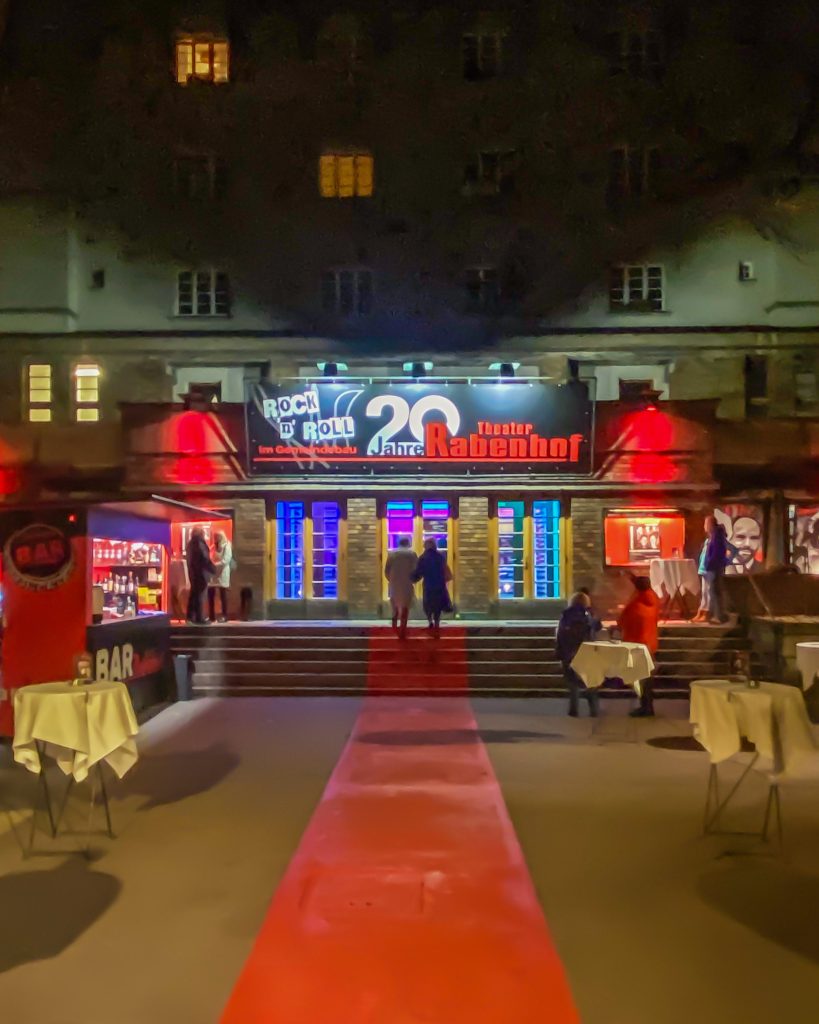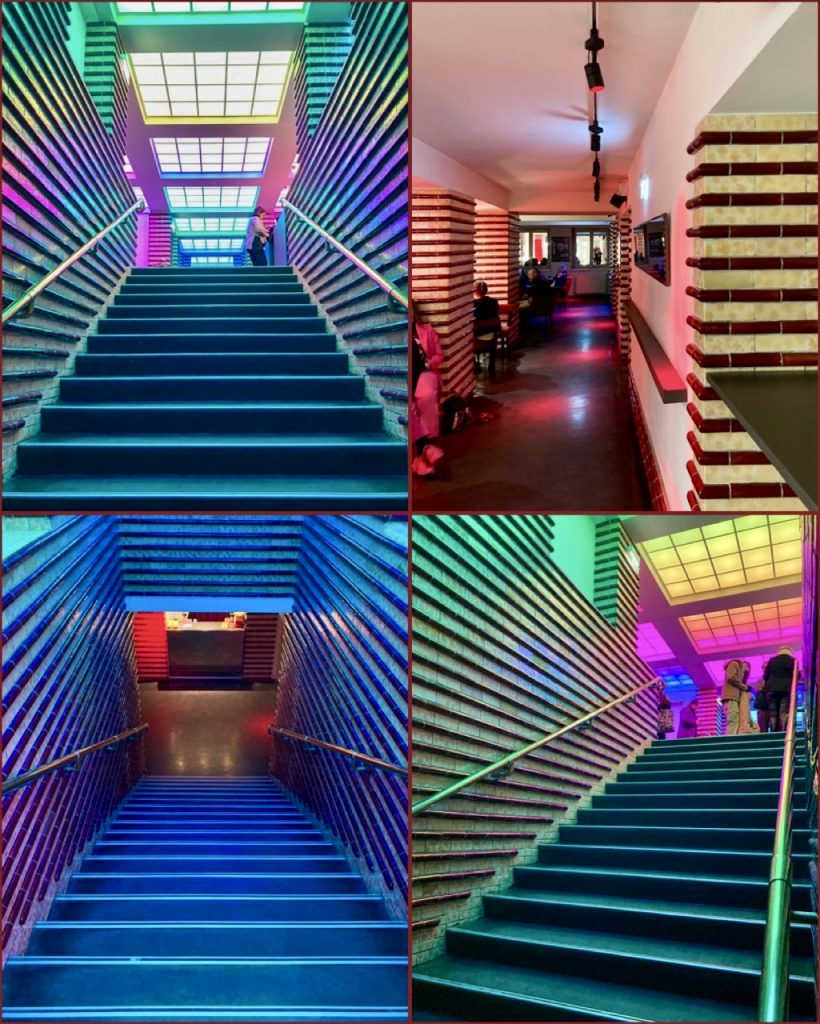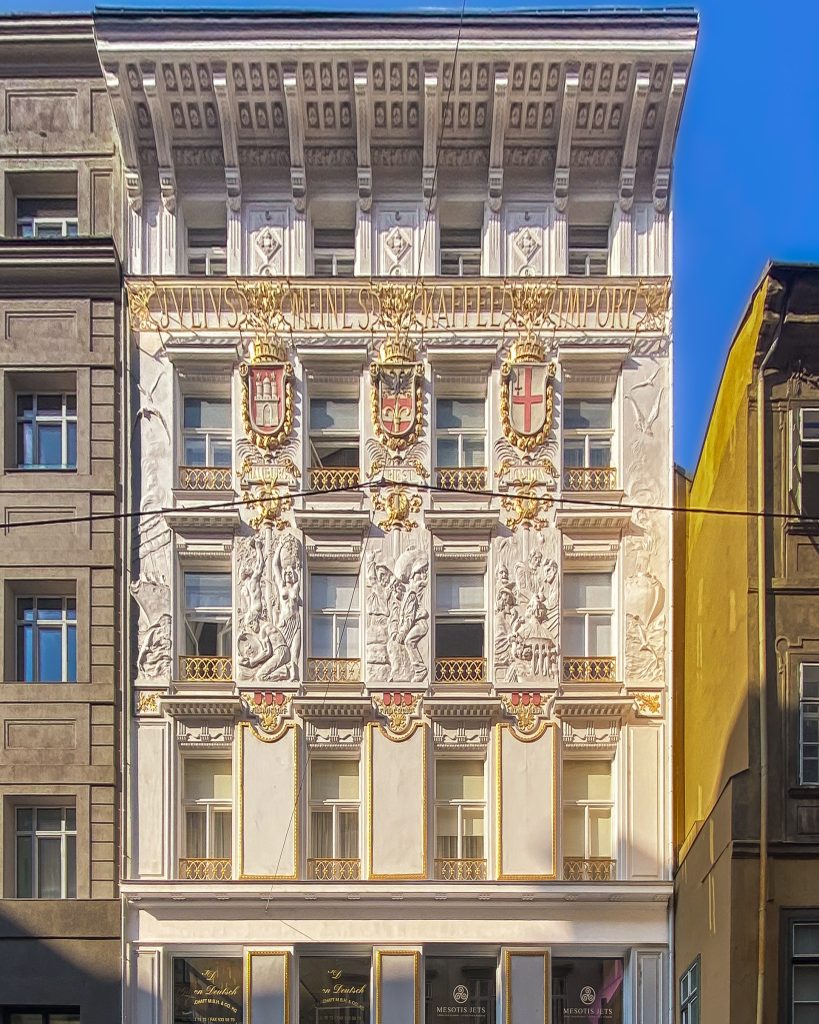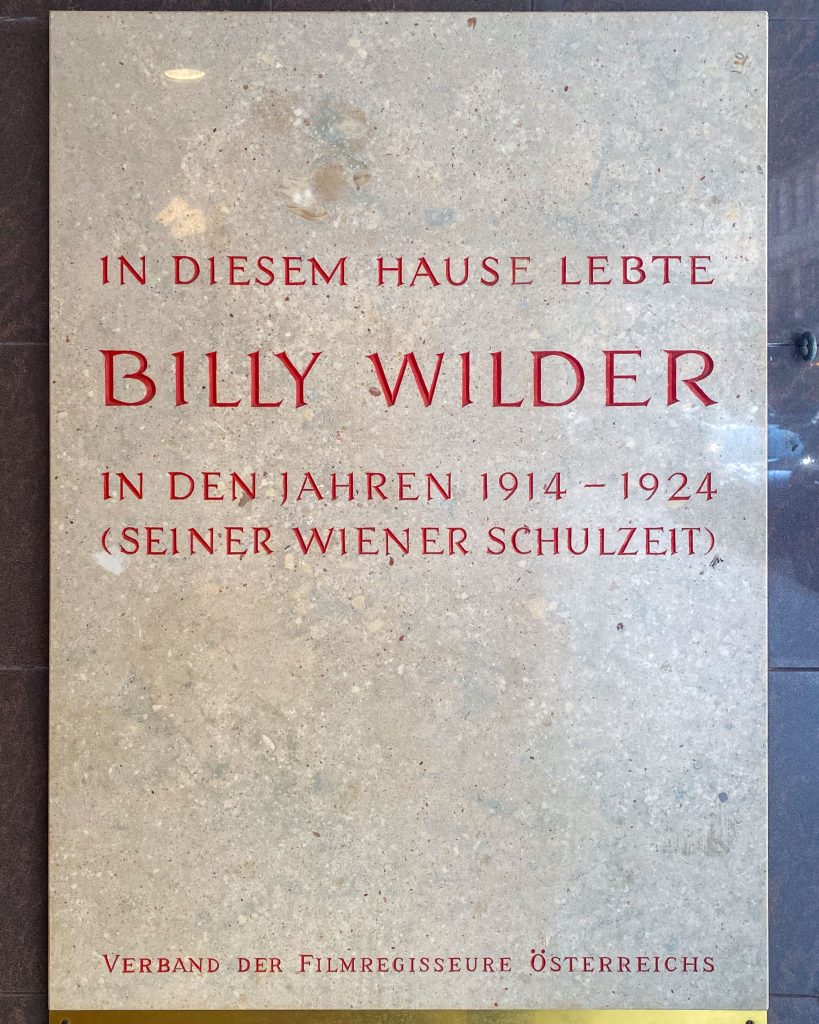Palais Auersperg
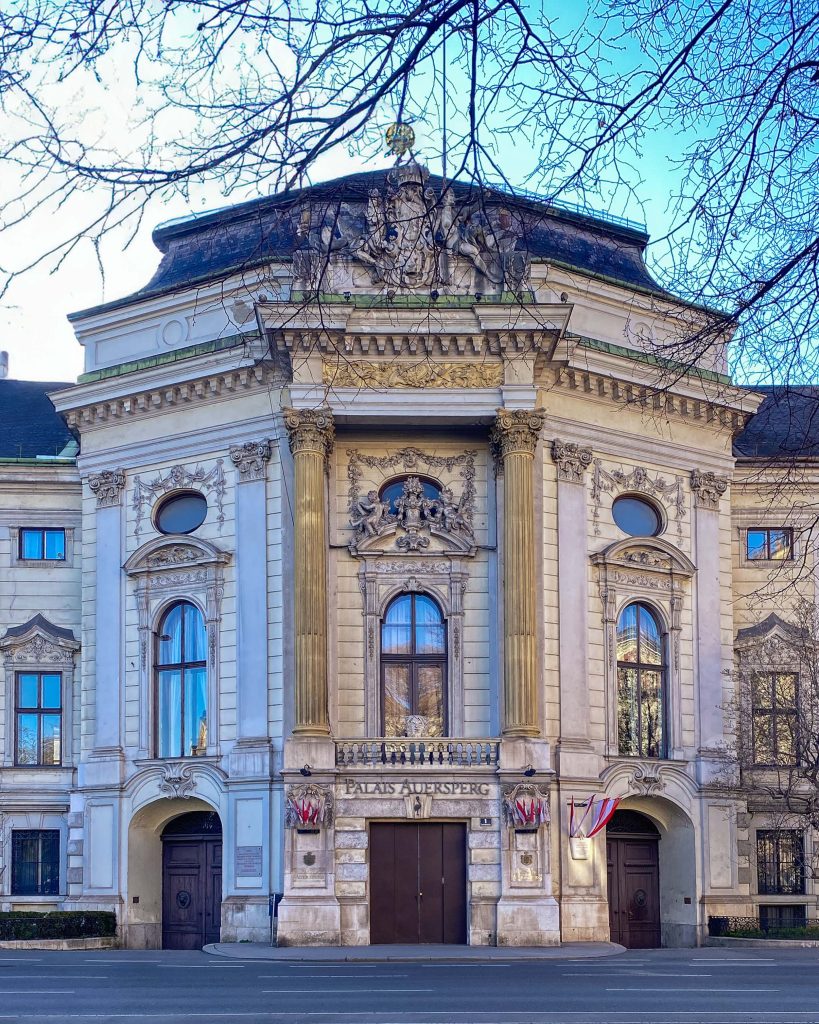
The eventful history of Palais Auersperg in the 8th district begins in 1710 with the opening of the residence planned by Johann Bernhard Fischer von Erlach and Johann Lucas von Hildebrandt for Hieronymus Capece de Rofrano. He was Postmaster General and a member of the Spanish Council under Emperor Charles VI, the highest authority for territories in Naples, Milan and Sardinia.
However, he did not live to see its final completion. This was reserved for his son Peter, who, as a well-known young man of society life, is also said to be the model for Octavian Rofrano in the opera “Der Rosenkavalier” by Richard Strauss and libretto by Hugo von Hofmannsthal. After his early death, Johann Adam Prince Auersperg – a confidant of Maria Theresa – took over the baroque palace in 1777.
Despite a number of subsequent changes of ownership, the palace is still used today as a venue for a variety of parties and events. In 1954, the palace was also extended by the Austrian arch. Oswald Haerdtl.
